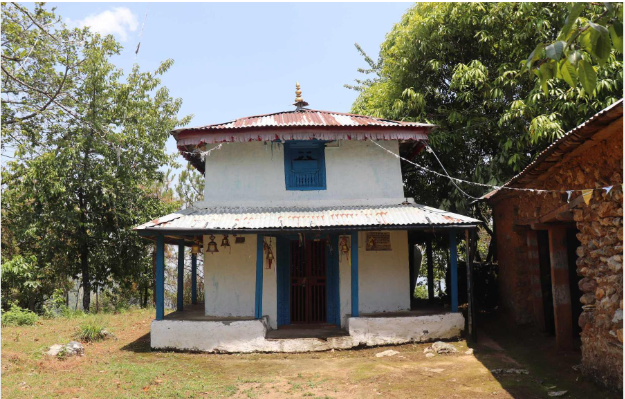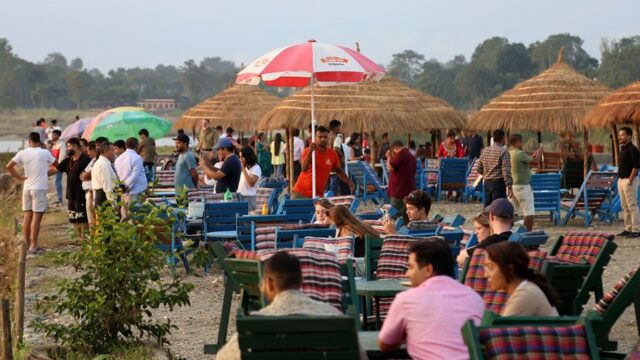Lumrengkot, located in the Bihadi Rural Municipality of southern Parbat, is a site of historical, religious, and tourism significance, yet it remains neglected due to a lack of promotion, preservation, and infrastructure. With immense potential to become a tourist destination, this ancient fortress is currently in dire need of conservation.
Before the unification of Nepal, Lumrengkot was considered a powerful stronghold during the Chaubise Rajya period. The site still houses ancient artifacts, including shields used for protection against sword attacks and various weapons from that era. However, these historical and archaeological treasures are at risk of being lost due to inadequate preservation efforts.
The fortress, once the residence of Bhure Raja, held significant power during the Baise-Chaubise period. Today, a temple and an old inn still stand at the site, with a collection of weapons such as swords and shields made from rhinoceros hide stored in the inn’s cupboard. Unfortunately, the artifacts have been repainted, diminishing their historical authenticity.
Some weapons have engravings dating back to 1734 AD, according to local leader Dhan Bahadur Thapa. Concerned by the potential loss of these archaeological items, the local community has initiated efforts to preserve them.
Historically, King Chandra Singh of Lumrengkot was a valiant ruler. His sons, Chatur Singh and Bhanupratap Singh, were also significant figures during a time when no state could overpower their stronghold. However, the neighboring King of Paiyunkot launched a surprise attack on Lumrengkot while Chandra Singh’s sons were away planting crops in the fields of Bihadi. The assault led to the death of Chandra Singh inside the fortress, and his sons were also killed, one in the field and another during the attack. A traditional drum, used during the plantation ceremony, still exists in a local Damai family’s house, preserving a fragment of this tragic history.
After this attack, Lumrengkot’s influence waned, and the power shifted to Paiyunkot. However, the site remains a vantage point from which visitors can enjoy panoramic views of the surrounding region. It is also a popular destination for picnickers, and last year, a successful paragliding test was conducted at the site.
Bihadi Rural Municipality has expressed its commitment to developing Lumrengkot as a tourism destination. Chairperson Parvin Gurung stated that efforts are being made to promote the area for activities like picnics and paragliding. Furthermore, the municipality is working to preserve the historical and archaeological significance of the site, aiming to turn it into a religious, historical, and tourist destination.
Chairperson Gurung emphasized that the municipality is dedicated to conserving the historical artifacts and promoting Lumrengkot’s tourism potential, providing visitors with a deeper understanding of its rich cultural heritage.






